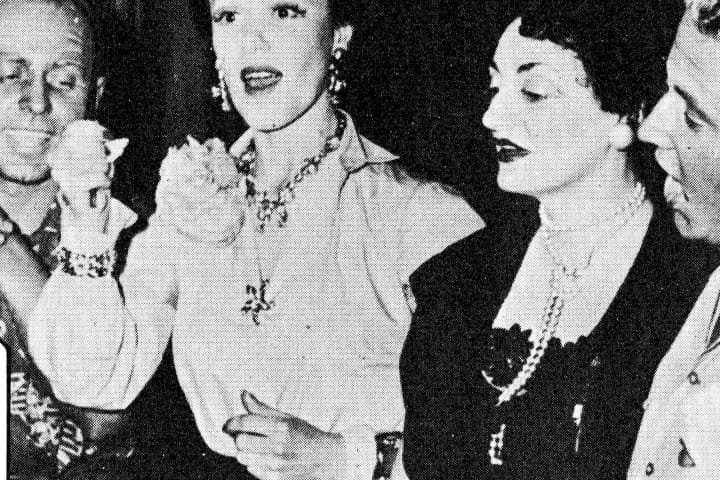A note from Summer of the Seventeenth Doll playwright Ray Lawler
‘The world of itinerant cane-cutters in Australia is now a thing of the past – together with the sort of hotel that catered for male drinkers only in the public bars, and relegated female customers to the side entrance marked ‘Ladies’ Parlour’. Indeed, so much has changed in terms of social attitudes and working practices since Summer of the Seventeenth Doll was written in 1953, that I thought it might be interesting to take a backward glance.
‘Cane-cutting, for instance. A team of itinerant cane-cutters would come together at the beginning of the season, usually assembled by a recognised leader known as a ganger, on the understanding that the team would stay together for the seven-month season. The team would consist of eight or nine men, often young single males or older drifters, travelling by truck from cane farm to cane farm, cutting the harvest by hand at piece-work rates or for an agreed sum for the overall crop. The success of a full season would depend very much on the success and organisational ability of the ganger. He had to fulfil many functions, be able to bargain with the cane farmers on the team’s behalf, make sure that the pay and working conditions were satisfactory, and that the barracks supplied for the living quarters were of reasonable standard. On the team level, he would need to ensure the team was well-fed – a cook usually travelled as a member of the team – that they were kept as fit and well as possible, and that the morale of the team wasn’t undermined by the loneliness and circumstances of their nomadic life. Once a leader was known for these qualities, he would be a top ganger, and I saw Roo very much as this sort of man.’
Learn more about the life of a cane cutter in 1950’s Queensland in this short film from the National Film and Sound Archive. Video via Film Australia
This post is an excerpt from a piece by Ray Lawler that is published in our Summer of the Seventeenth Doll programme. The programme is available for purchase at Arts Centre Melbourne; be sure to grab a copy when you come to the play to read the full article.
Published on 13 January 2012


